WHAT DO YOU NEED?
REQUEST YOUR APPOINTMENT
URINARY STRESS INCONTINENCE SURGERY STEP BY STEP:
Who is a good candidate for urinary stress incontinence surgery?
Urinary stress incontinence is much more common that you might think, although eight out of every ten women who suffer from it do not normally see a specialist, either because they are embarrassed, because they are unaware of any solution or simply because they have been led to believe that it is normal.
Any woman with urinary incontinence as a result of physical stress is a good candidate. This problem is not just age associated, and it is calculated that around 40% of women who suffer from it are aged between 30 and 60.
What is urinary stress incontinence surgery?
There are two types of treatment, depending on the severity of the symptoms and the impact on the woman’s quality of life. If the situation is not severe, treatment involves rehabilitation of the pelvic floor (exercises, correct postural hygiene, electric stimulation, pessaries, etc.) and certain diet changes.
When the case is more severe, surgery consists of correcting the urethral support so that it closes during physical activity, inserting a mesh under the urethra through the vagina.
What causes stress incontinence?
Several factors cause the appearance of urinary incontinence, including having experienced several vaginal childbirths, pelvic floor problems, constipation, excess weight, certain diseases such as diabetes, herniated discs, multiple sclerosis, the habitual consumption of diuretics, and ageing, etc.
Duration, anaesthesia and hospitalisation for incontinence surgery
This is a minimally invasive, outpatient surgery that is performed under local anaesthesia.
Results of urinary stress incontinence surgery
All patients notice a significant improvement. Around 95% of all patients report that the problem has completely disappeared.
There a very few possible complications both during and after this surgery.
If I have small leaks, is it best to operate now or to start some other treatment?
There are exercises and treatments for the pelvic floor that can avoid surgery. You should consult a pelvic floor specialist.
In some women in whom the perineum muscles are greatly affected, exercises and non-invasive treatments do not always work.
POSTOPERATIVE CARE: AFTER URINARY STRESS INCONTINENCE SURGERY
Pelvic rest for two months is recommended, which means using neither tampons or vibrators.
You can shower again immediately afterwards, following your surgeon’s advice. Make sure the area does not remain damp. Use cold air (never hot) from a hair dryer to eliminate any remains of dampness in the area.
You can resume your normal sex life 4 to 6 weeks after your urinary stress incontinence surgery, depending on your progress. Always follow your surgeon’s advice.
Removal of the stitches is not necessary, as they are dissolvable. However, avoid any activities that create strain or sudden movements when bending down to avoid putting strain on them.
If you smoke, you should try to stop before your surgery. This will improve your health and your healing capacity.
POST-URINARY STRESS INCONTINENCE SURGERY FAQs
Will I be able to stop wearing incontinence pads after the surgery?
In 95% of all cases, the problem is fully corrected and women no longer have incontinence problems when they cough, laugh, jump or dance, etc. The improvement is extremely notable in the remaining 5%.
Does it leave visible scars?
Urinary stress incontinence surgery is performed through the vagina.
Do you know what IM Care is?
IM Care is the commitment of IM CLINIC to care for you for the first year after your surgery. You will have a 24-hour hotline for your peace of mind, and our medical team will visit you regularly to ensure the results are as expected.
What our patients say
MAKE YOUR DREAMS COME TRUE AND RELISH YOUR IM EXPERIENCE
Find out everything we can do for you at IM CLINIC,
the ground-breaking plastic surgery clinic in Europe.







